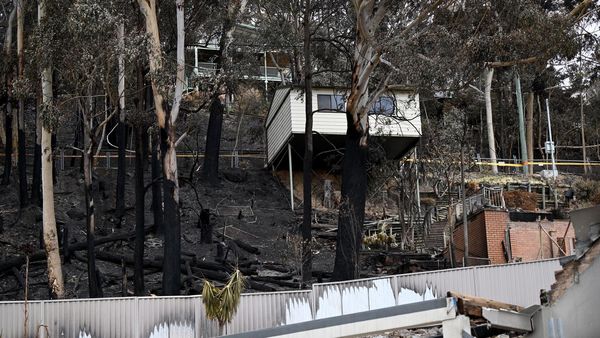
SCOTLAND’S snow patches are in danger of disappearing completely this year, giving further evidence the climate is changing.
The warning has been given by “snow hunter” Iain Cameron, who has been observing the patches for more than three decades and whose work has now been recognised with a special exhibit at the National Museum of Scotland.
Snow has remained on some of the highest peaks in Scotland for centuries, but all cover has melted away in recent summers.
The first time the snow is known to have disappeared completely was in 1933 and then again in 1959, 1996, 2003, 2006, 2017 and 2018.
Cameron told the Sunday National the signs were not good this year because of the lack of snow during the winter combined with the recent high temperatures.
“It has meant that the patches that exist currently on Nevis Range, for example, and the Cairngorms are at a pretty low level compared with where you would expect to see them for the time of year,” he said
“If you take the last 20 years as an average, then it is definitely toward the lower end of the scale. That seems to be the way of it these days – the trend line is on a downward trajectory.”
He said that although it was difficult to predict in July whether the patches would disappear altogether before next winter, the prognosis was “not good”.
“I would say it is unlikely any of them will survive, and there is no question that the rate of disappearance of all these patches of snow is accelerating,” said Cameron. “The data backs that up.”

He added that it was “beyond reasonable doubt” that a warming climate was the reason for the multiple disappearances.
“Scientists and climatologists tell us we have an increasingly warm planet – less snow fell in winter than you would normally expect, and it all points towards a warming climate,” said Cameron.
The accelerating trend saddens him as it is likely to be having adverse consequences for flora and fauna.
“Something I think that is not fully understood is the effect it has on certain plants along with some of the fauna of the high places which are fond of snow such as ptarmigan and snow bunting,” he said.
“If there is a warm, dry spell when other patches of water dry up, snow patches are a very useful source of water for wildlife.
“Snow is also an intrinsic part of walking in Scotland, even in summer. From the scenic perspective the hills always look grander if they are wreathed in snow.”
The exhibit at the National Museum Of Scotland to mark Cameron’s work shows a pair of his old walking boots, along with a piece of granite taken from under the Sphinx, which is historically Scotland’s longest-lasting snow patch. This rock, unlike the granite exposed to the elements on the hills, is still pink because it has so seldom seen the light of day.
“The Sphinx has only melted a handful times in the last 300 years, so that piece of rock was virtually always covered with snow and is like a piece of virgin granite,” said Cameron.
“If the Sphinx melts, it is typically late in the year, and the new snows come again just a week or two later, so it really is something that has not seen the light of day much at all for hundreds if not thousands of years. There is no moss, no lichen, and it is not discoloured – it’s just pink granite.”
THE Sphinx and the Pinnacle snow patches are on Garbh Choire Mor on Braeriach in the Cairngorms, Britain’s third highest mountain, and are named after the names of rock climbs above them.
“Historically, they are the most durable patches of snow in Scotland, and there are some on Aonach Beag over at Fort William and on Ben Nevis as well,” said Cameron.
Cameron contributes his findings to the Royal Meteorological Society’s journal and has written a book called The Vanishing Ice. His interest has caught the imagination of the general public in recent years, and there are now almost 5000 members of his Facebook page Snow Patches In Scotland, with some helping to monitor and photograph the patches.
Cameron is set to appear at the forthcoming Nairn Book And Arts Festival and Tidelines Book Festival in Irvine.







